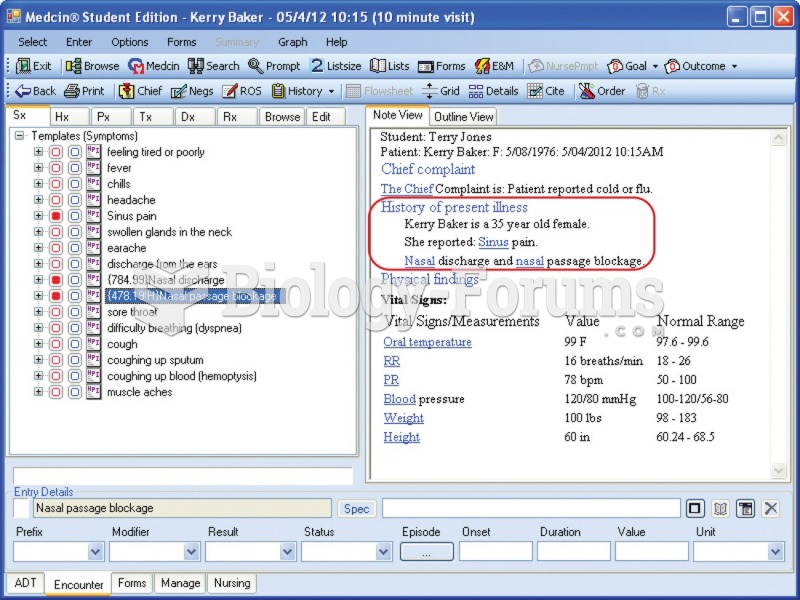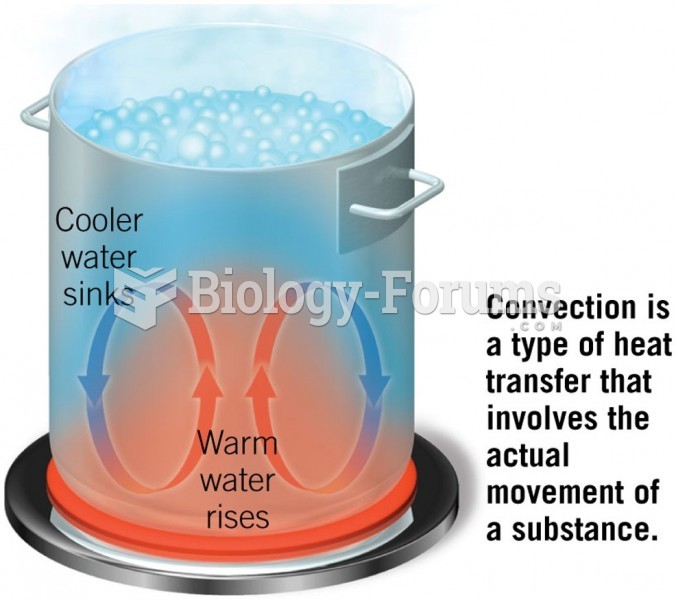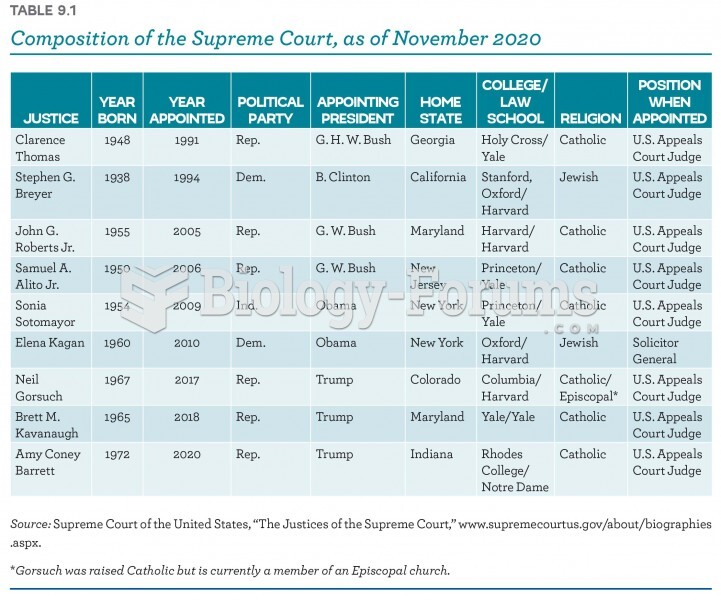Answer to Question 1
A motion for relief from Automatic Stay is often filed by a secured creditor seeking permission to continue with its foreclosure action or repossess the collateral. Upon showing the debtor's failure to make postpetition payments either by failing to make payments or providing for payments in a reorganization plan, the creditor may be allowed to proceed with collection. This collection often takes the form of allowing foreclosure to continue or repossession of the debtor's vehicle. Most motions of this nature are brought by secured creditors in connection with a car loan when the debtor is not making adequate postpetition payments. The creditor may bring this type of motion successfully if it can show that the collateral is inadequately protected.
A creditor or the trustee may move to dismiss the debtor's bankruptcy case for one reason or another, as the following example will describe. In the case of a court dismissal, one of several possibilities might prompt a sudden court dismissal often described as sua sponte. Sua sponte refers to a decision the court makes on its own motion or objection from one of the parties. For instance, a debtor might miss a filing fee installment or fail to file the necessary documentation post-petition if he or she filed the case as an emergency. A creditor may move to have a bankruptcy case dismissed if the debtor has caused an unreasonable delay in the case that resulted in prejudice to the creditor.
An Objection to a Proof of Claim, is most often filed if the debtor disagrees with the amount the creditor is claiming. The trustee, or a debtor through his or her attorney, may file an objection because of a discrepancy or a dispute over how much of a particular claim is subject to priority. Another reason a trustee or debtor might file an objection may be due to a disagreement regarding the secured status of all or part of a claim.
A debtor may file a motion to value collateral if faced with a secured debt where the collateral has fallen below market value. Such a motion asks the court to determine the value of the collateral securing a particular loan or loans. If the court determines that the value of the collateral is lower than the balance of a loan on, say, a vehicle, that loan balance will be reduced to the current value of the collateral. The same goes for a secondary loan on the debtor's primary residence or a senior loan on the debtor's nonprimary residence. If the value of the collateral, in the case of a mortgage, fails to secure the loan, the secondary loan may be stripped off and treated as an unsecured claim in the debtor's repayment plan. In the case of a nonprimary residence, a primary loan may be reduced to the fair market value of the home.
Answer to Question 2
revoked







